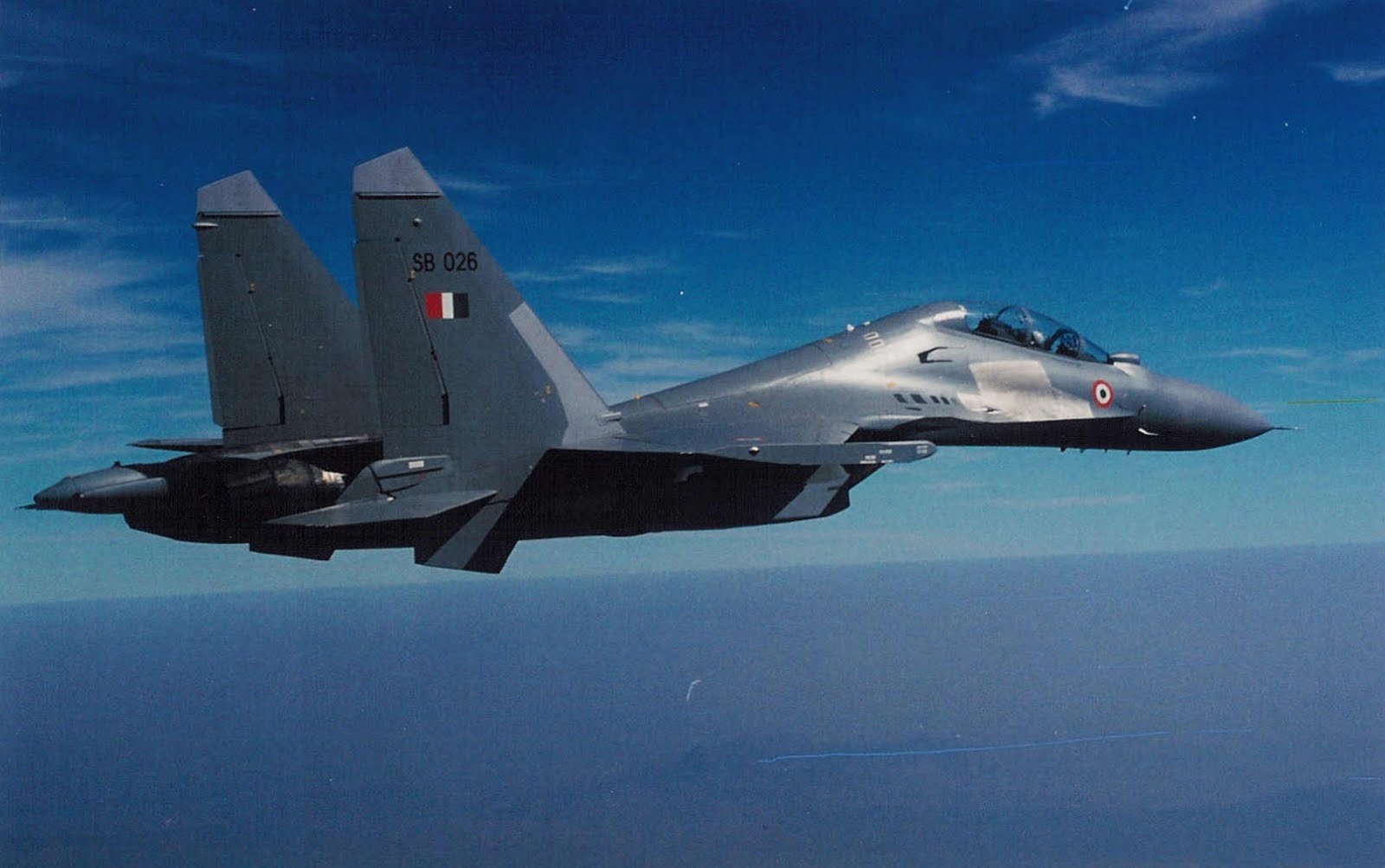India is aggressively pursuing the sale of single-engine, delta wing Light Combat Aircraft ‘Tejas’ to Argentina. The Martin Baker ejection seat in the Indian fighter jet will be replaced with the Russian-designed K-36 seats to circumvent the British embargo on sale to Argentina.
The Indian Ambassador to Argentina, Dinesh Bhatia, met Brig General Xavier Isaac, Chief of the Argentinian Air Force, on August 30 to discuss “the amplification of bilateral engagement between the two strategic partners particularly Argentine acquisition of Tejas combat aircraft and helicopters manufactured by HAL (Hindustan Aeronautics Ltd).”
The Zvezda K-36 seat is fitted in MiG series and Sukhoi 30 MKIs fighter jets. The basic version of the Zvezda K-36 D was designed in the late 1960s to be fitted into the MiG-25 Foxbat aircraft, the swan song of the Soviet aircraft designer Mikhail Gurevich and famous for its Mach 3 speed and stratospheric sorties.
“A firm proposal has been given to the Argentinians. The work has already started on replacing the British components,” a HAL official told the EurAsian Times.
Argentinian Defense Minister Jorge Taiana, during his visit to India in July 2023, had flagged the issue of 16 British components in LCA. He set the requirement to replace these components due to the British embargo over arms sales to Argentina after the Falkland Wars.
Britain has been throwing a spanner in the Argentine plans of acquiring fighter jets by placing embargoes on components of aircraft that belong to the UK. It pressured Spain to ditch a deal to supply surplus Mirage F1M fighters to its neighbor.
To save the LCA Tejas deal from becoming a victim of British coercive diplomacy, the Russian K-36 seats will replace the Martin-Baker ejection seats. “We already have the seats available,” the HAL official pointed out. The HAL, manufacturing the Sukhoi SU-30 MKI under licensed production, has K-36 ejection seats.
The privately-owned Martin-Baker is one of the most successful ejection seat manufacturers in the world, with over 17,000 Martin-Baker ejection seats in service today in 54 different aircraft types across 84 countries, and these numbers are ever-growing. The ejection seat has saved 7699 lives so far. The company dominates 75 percent of the Western world market, with the US, South Korea, Germany, Italy, and France being the main markets.
The other British components proving to be roadblocks for the deal include a radome from a UK aerospace manufacturer, Cobham Limited, and the tires from Scottish Dunlop.
K-36 – Gravity-Defying Ejection Seats
The Russian ejection seats are a direct competitor to Martin Baker. The variants of K-36 are used in Russian combat jets like the MiG-29, Su-27, Su-30, and Su-57. It is also a zero-zero seat considered at par with Martin Baker.
The Russians had pioneered the ‘zero-zero’ ejection seat that ensures the safe extraction of the pilot at zero airspeed and zero altitude.
At one point, the US Air Force had even examined the use of the K-36D ejection seat for its fifth-generation air superiority F-22 fighters. Designed by the Zvezda Research and Production organization, the K-36 seat consists of the ejection rocket firing mechanism, gearbox, headrest, rescue system with a dome stowed in the headrest, and operating systems to provide a safe bail-out.
The ejection seat is meant to ensure the safe emergency escape of a pilot within the range of velocities (Ve) from 0 to 1,300 km/h (700 kilonewtons; 810 mph) to 1,400 km/h (760 kilonewtons; 870 mph), altitudes from 0 to 20,000 m (66,000 ft) and Mach numbers up to 2.5.

The most incredible demonstration of the capability of the K-36 seat was in 1999 when a Sukhoi-30 MKI crashed during the Paris air show. While demonstrating a controlled spin, one Su-30s initiated recovery too late, making one turn too many.
As it pulled out of the dive, the fighter struck the ground at a tail-down altitude; the next moment, it was climbing away, but with the starboard engine’s jet pipe broken by the impact and flames belching from the port engine due to a ruptured fuel line.

As Su-30MKI stood on its tail and the nose started falling through, the two pilots ejected just two seconds before the fighter crashed beside the runway and exploded.
The crashing Sukhoi was upside down when the ejection seat fired. The pilots were first pushed away from the surface before the parachute opened. Both the pilots survived without injury.
Zvezda is a Russian company that has designed and developed portable life support systems for aircraft and spacecraft crew. Zvezda is known for developing most Russian spacesuits, including Yuri Gagarin’s (the first human to travel to space) in 1961. Soviet cosmonaut Alexei Leonov, the first human to conduct a spacewalk in 1965, also wore a spacesuit developed by Zvezda.
Presently, Zvezda is making the spacesuits and the individual seats for the Indian cosmonauts who will travel to space as part of the Gaganyaan Mission.
- Ritu Sharma has been a journalist for over a decade, writing on defense, foreign affairs, and nuclear technology.
- She can be reached at ritu.sharma (at) mail.com




